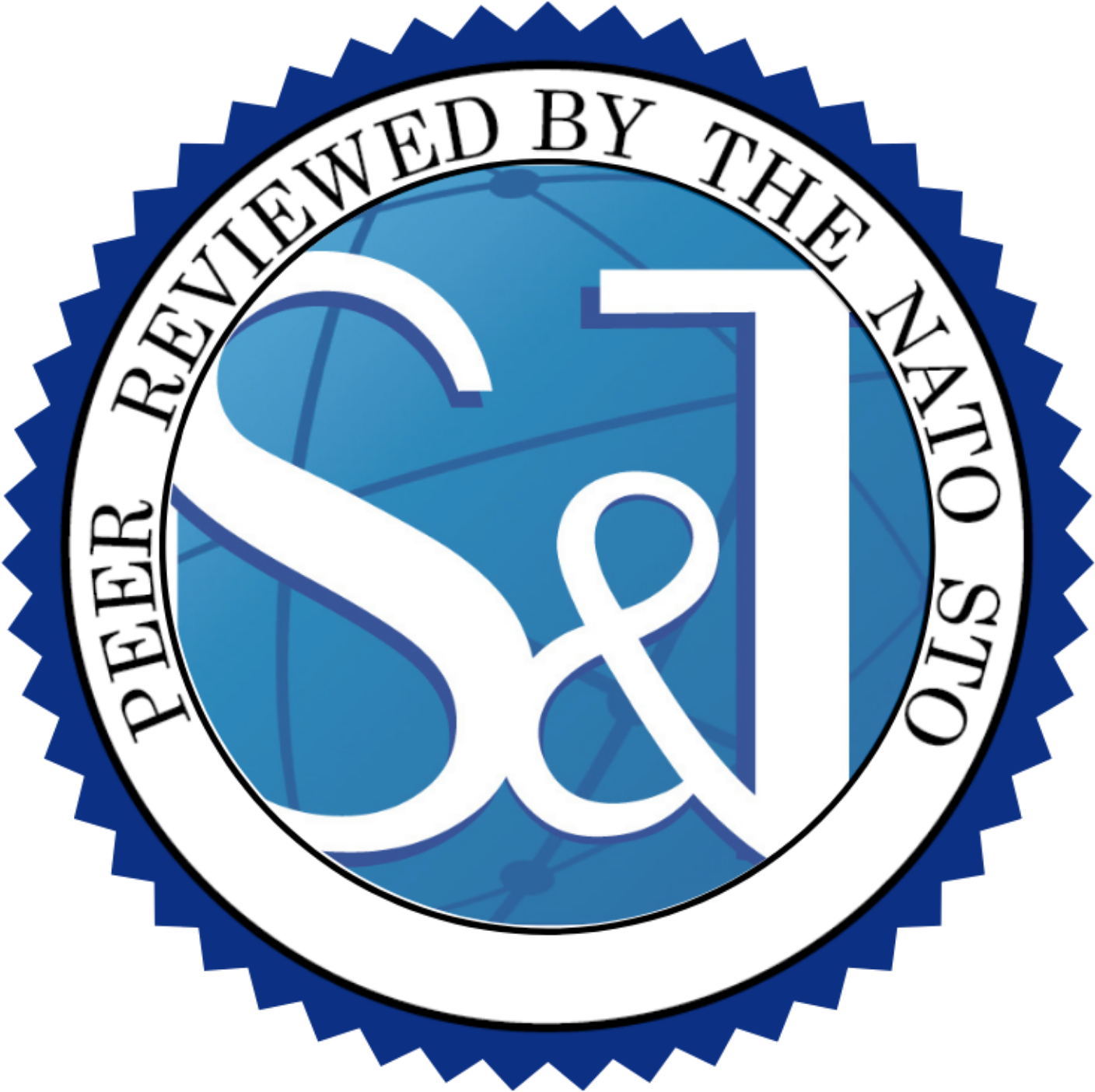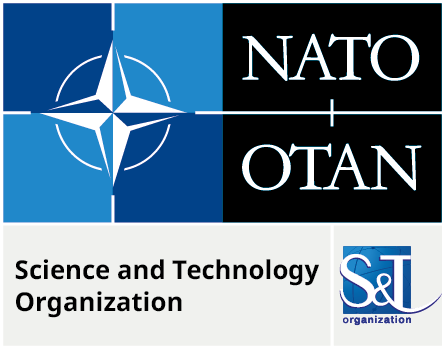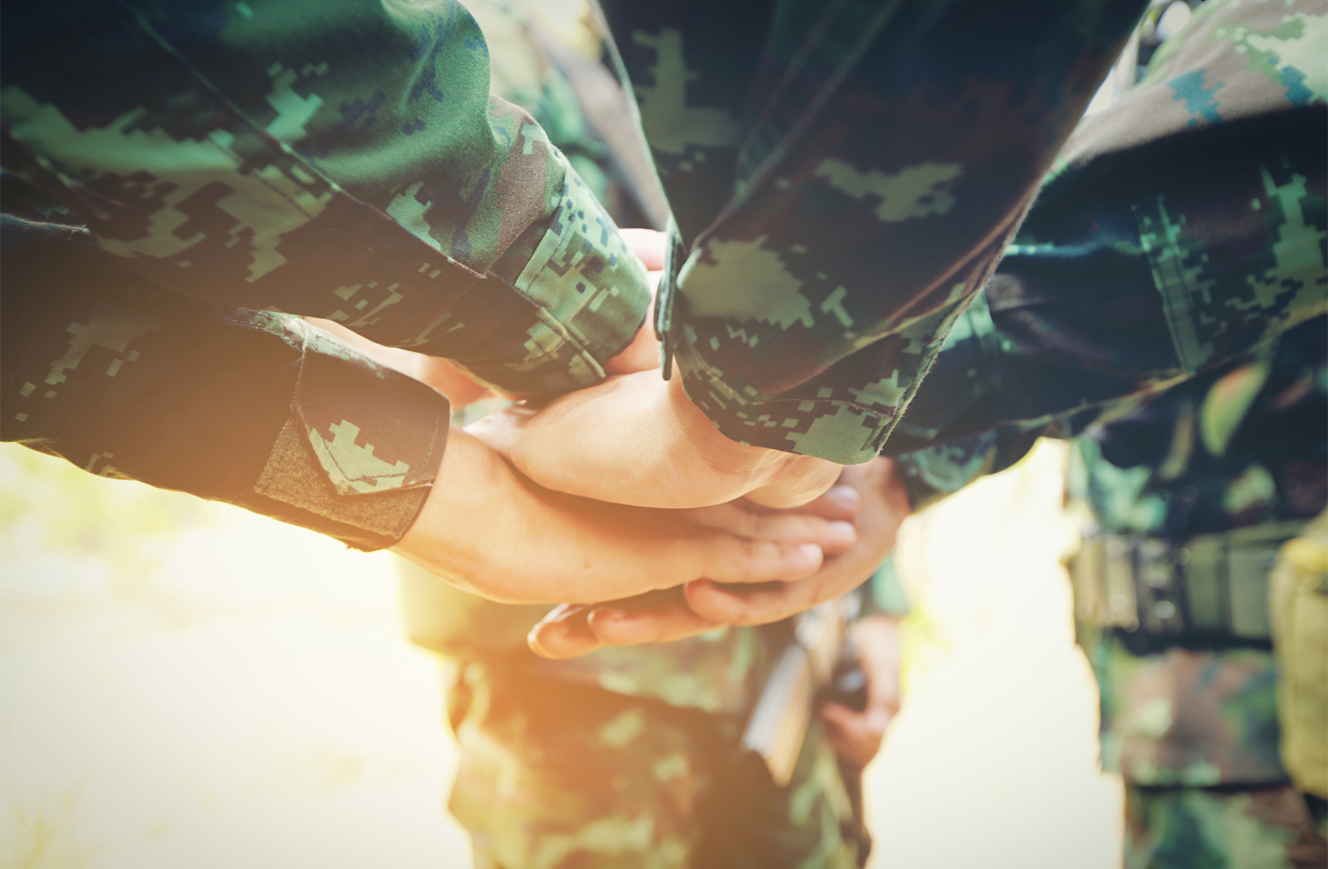Foreword
Author(s): Barros A. ![]()

| ISSN: 3005-2092
We are proud to bring you the first System Analysis and Studies (SAS) issue of the NATO STO Review – the peer reviewed Journal of the NATO Science and Technology Organization. This special edition contains a selection of the papers that were presented at the 16th NATO Operations Research & Analysis (OR&A) conference held at Frederiks Palace in Copenhagen, Denmark on 17-18 October 2022, including the one that was awarded the best paper distinction.


